Portrety z błędem
Obraz (2013) powstał „wstecz”, poprzez odejmowanie, wymazywanie i usuwanie. Proces był intuicyjny, oparty na gotowości do zaakceptowania błędu i porażki. Ostateczny rezultat, będący produktem chwili i nastroju, jest niemożliwy do odtworzenia. Portret, daleki od perfekcji, nie stał się reprezentacją, lecz raczej śladem poszukiwań.
The PAINTING (2013) emerged “in reverse” through subtraction, erasure, and removal. The process was intuitive, grounded in a willingness to accept error and failure. The final result, A PRODuct of a moment and mood is impossible to recreate. The portrait, far from perfect, did not become a representation, but rather a trace of searching.
Portret z 2005 roku nie zatrzymał się w czasie. To nie tyle dzieło skończone, ile proces, który trwa. Jego powłoka zaczęła pękać, zmieniła kolor, starzeje się razem ze mną i poza moją kontrolą. Materia portretu żyje własnym życiem. Jego powierzchnia opowiada o upływie lat, o przemianie fizycznej, ale też o tym, że obraz może być ciałem kruchym, ulegającym rozpadowi.
Obraz ten sam decyduje, że nie pozostanie taki, jakim został stworzony. W tym sensie jest bardziej pamięcią niż portretem, jest dokumentem nieprzewidywalnego, nieuchronnego rozpadu. To również opowieść o bezsilności wobec zmiany, o akceptacji, że dzieło sztuki jak człowiek może się zmieniać, niszczyć i nadal znaczyć.
The portrait from 2005 is aN organic process, a reaction of matter to existence.
It is a painting that transforms beyond aesthetics showing that meaning can persist despite destruction, or perhaps because of it.
It did not stop at the moment of its creation. Its surface cracks, changes color, ages as if the painting itself were experiencing the passage of time.
These changes were not planned independent of the original intentions, the material began to live its own life and remains in process.
Like the body, memory, identity, it is subject to the flow of time.
It is a painting that transforms beyond aesthetics showing that meaning can persist despite destruction, or perhaps because of it.
It did not stop at the moment of its creation. Its surface cracks, changes color, ages as if the painting itself were experiencing the passage of time.
These changes were not planned independent of the original intentions, the material began to live its own life and remains in process.
Like the body, memory, identity, it is subject to the flow of time.
This portrait ages alongside the artist. Its surface is a record of physical transformation and a testimony to the powerlessness against time.
It functions more as a document of decay than a traditional portrait, a trace of what is fleeting and impossible to repeat.
It functions more as a document of decay than a traditional portrait, a trace of what is fleeting and impossible to repeat.

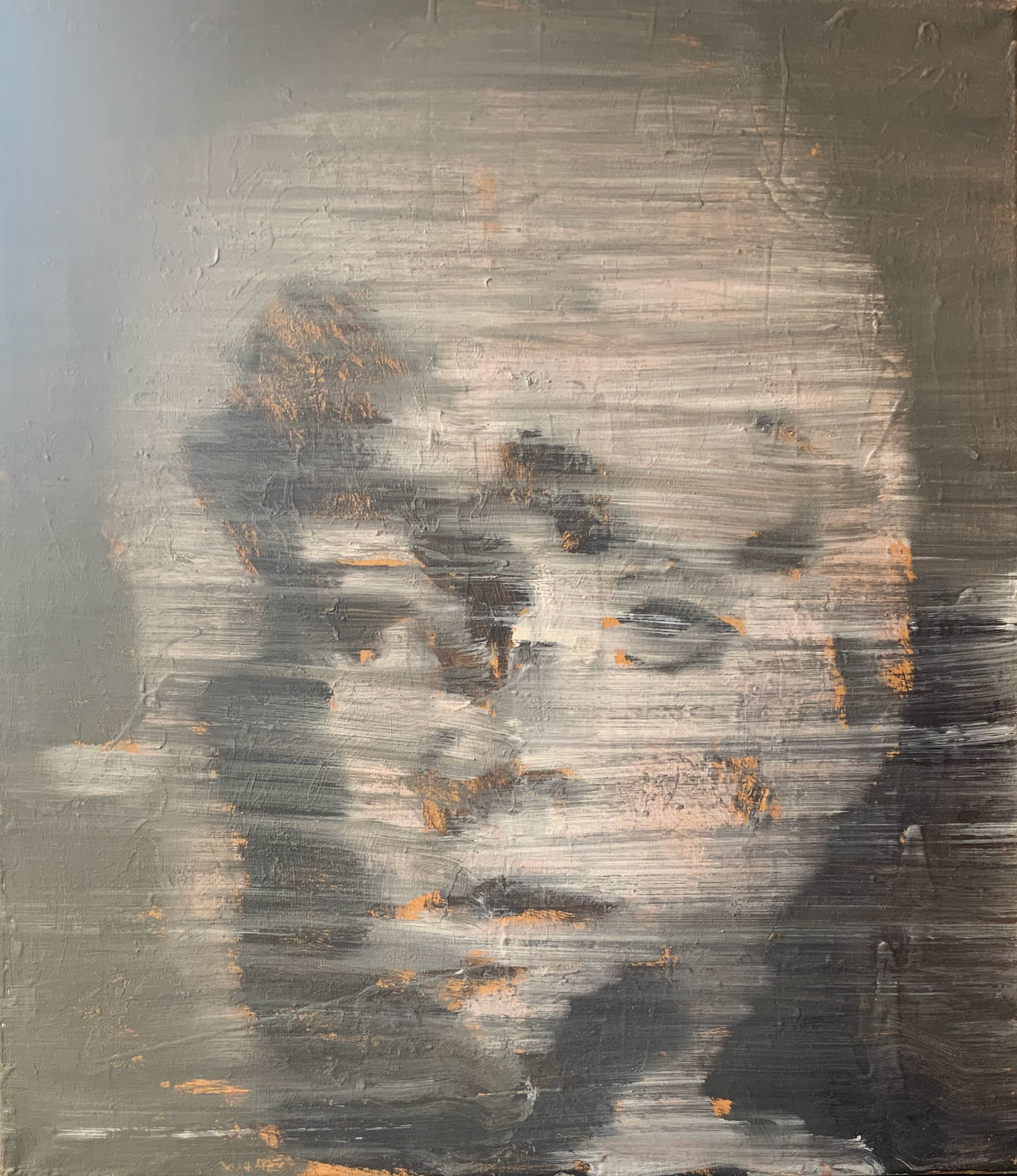


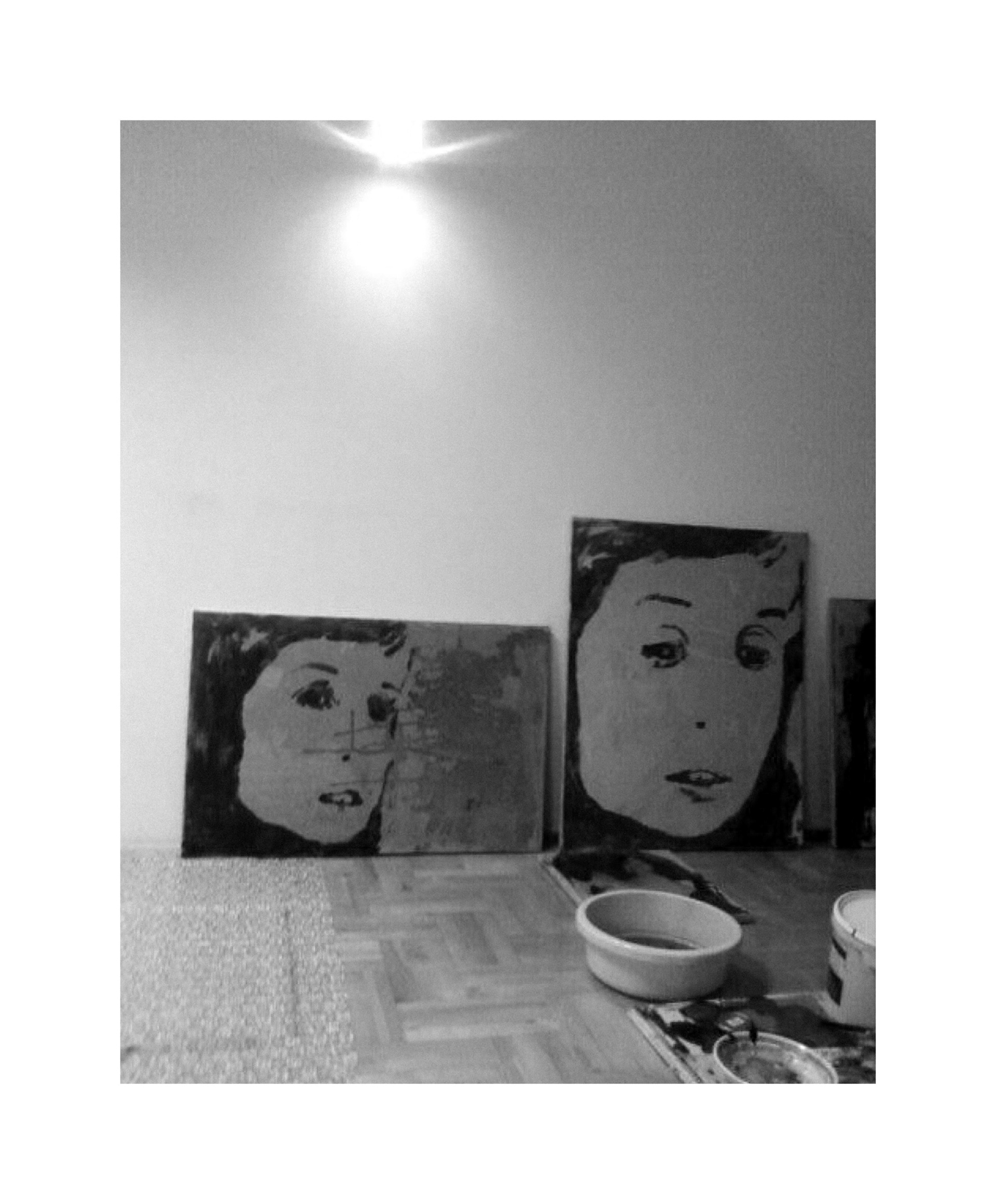
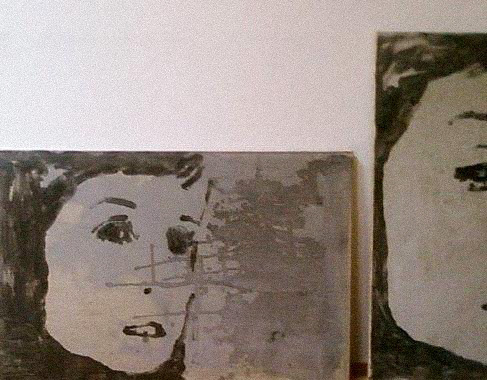
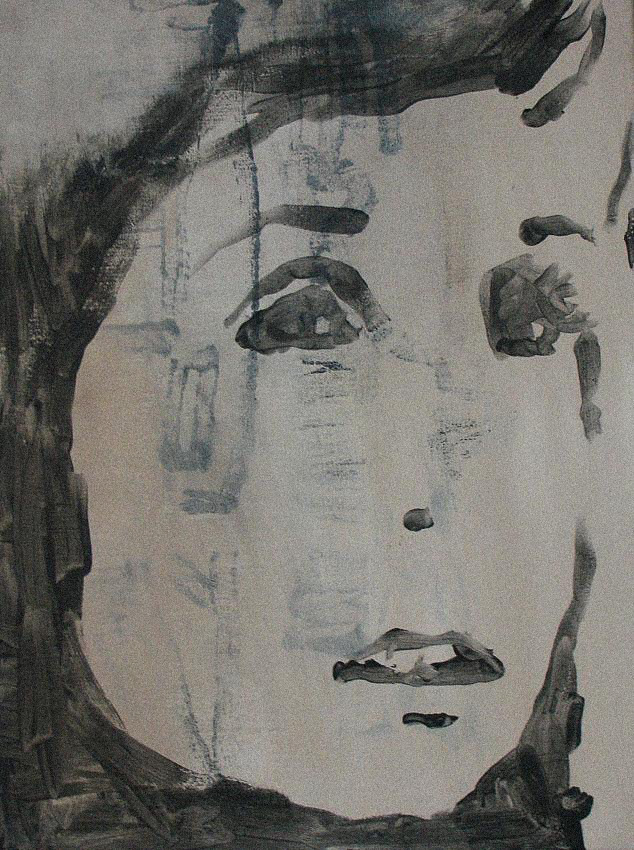
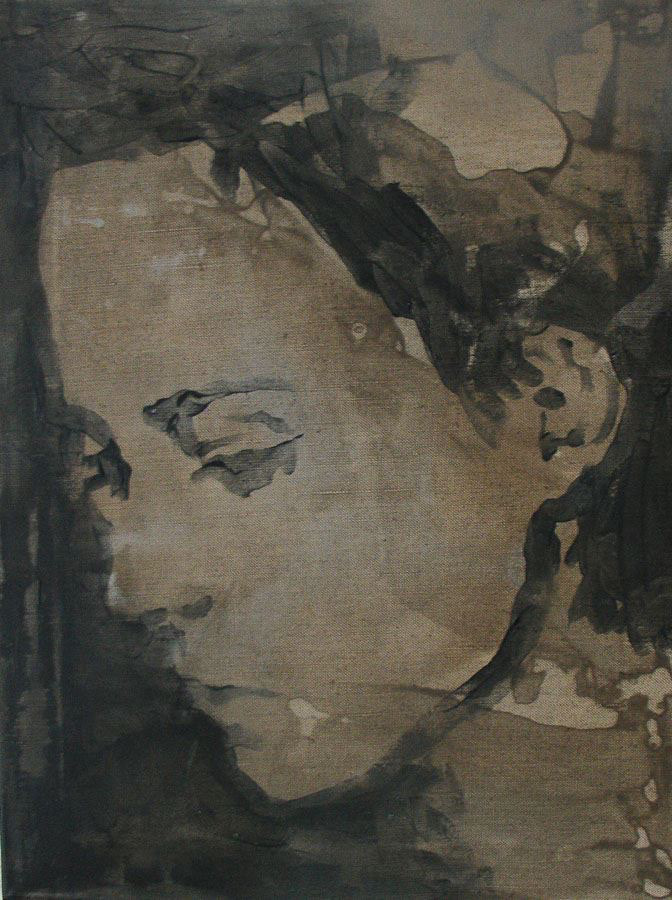
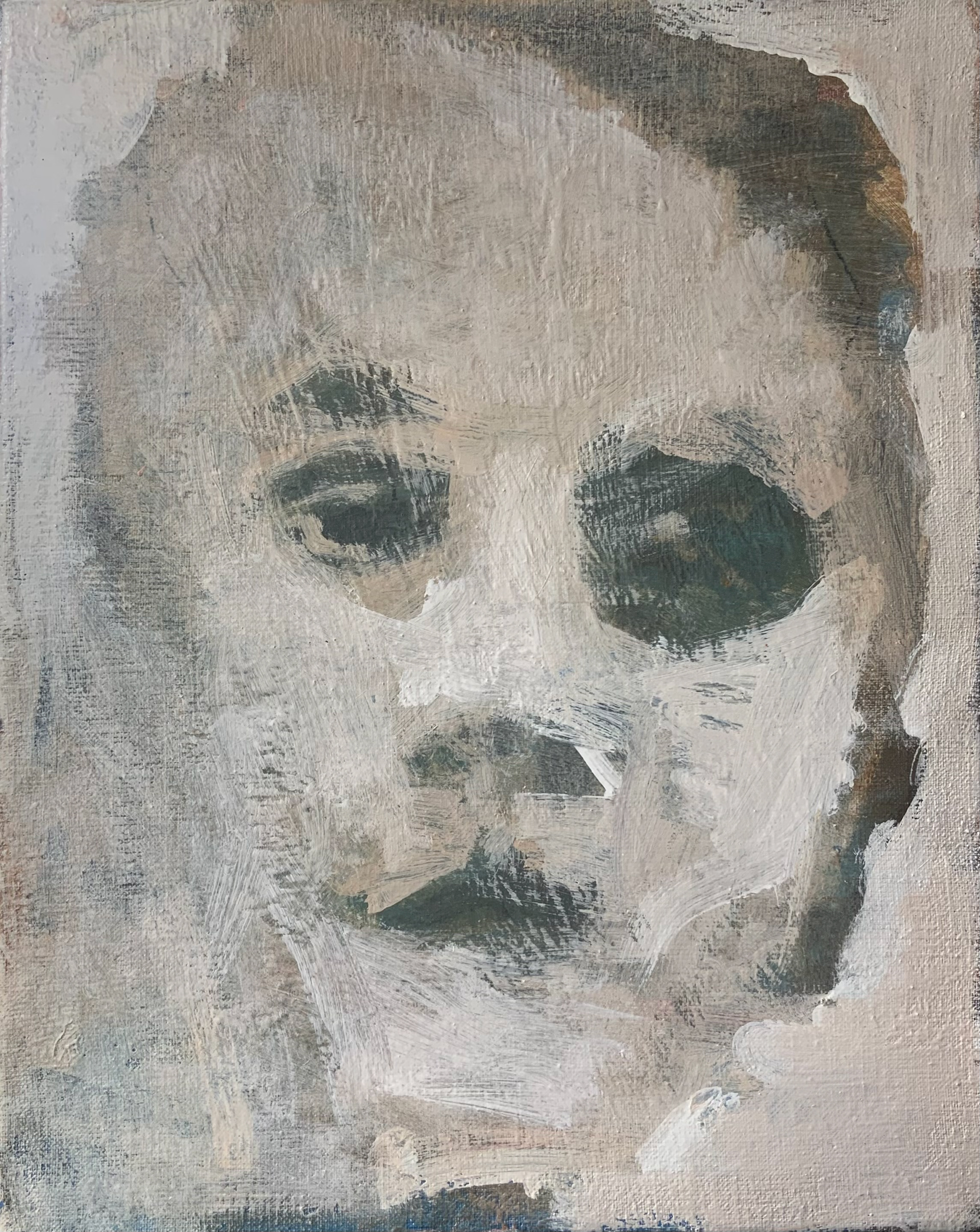
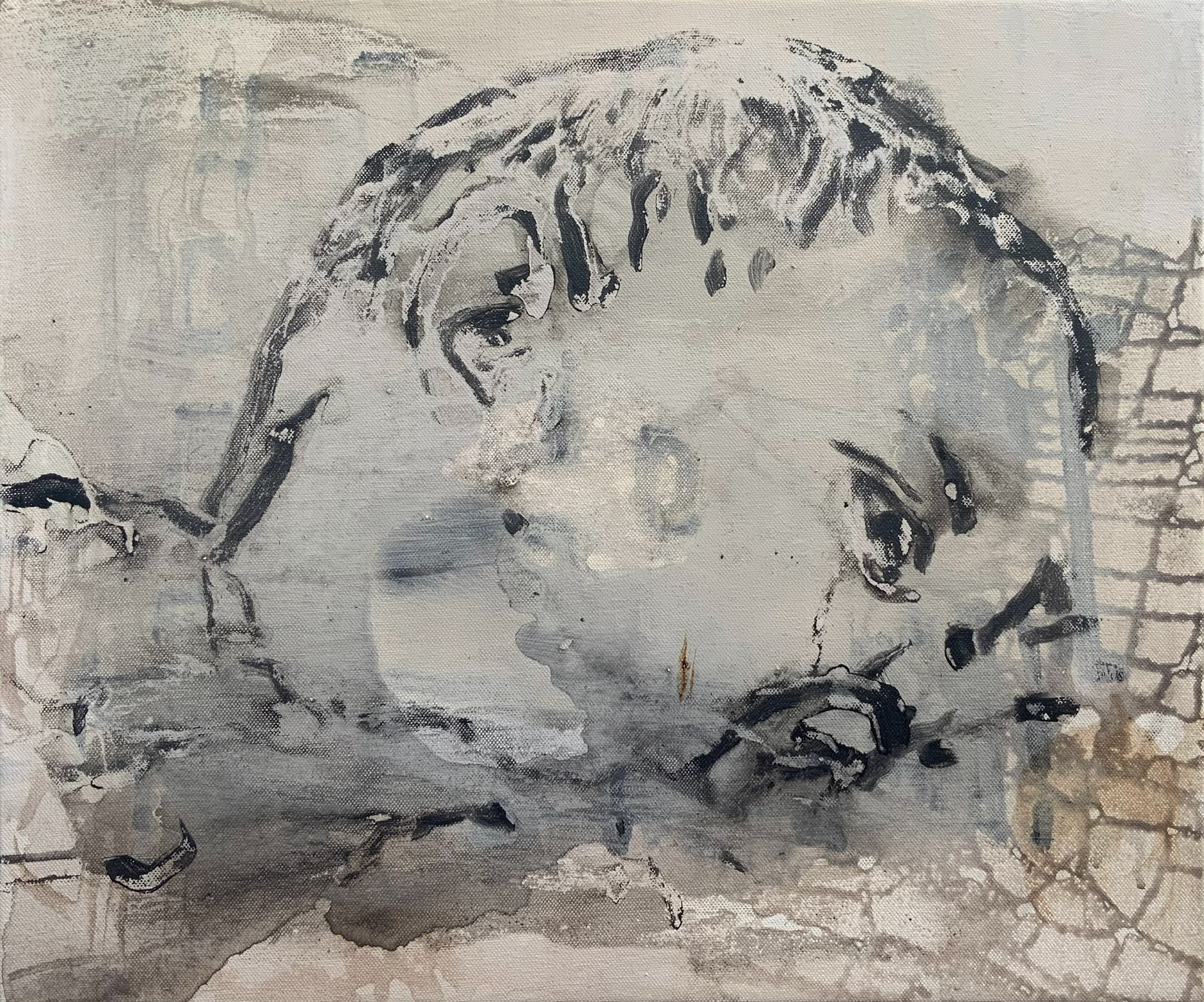

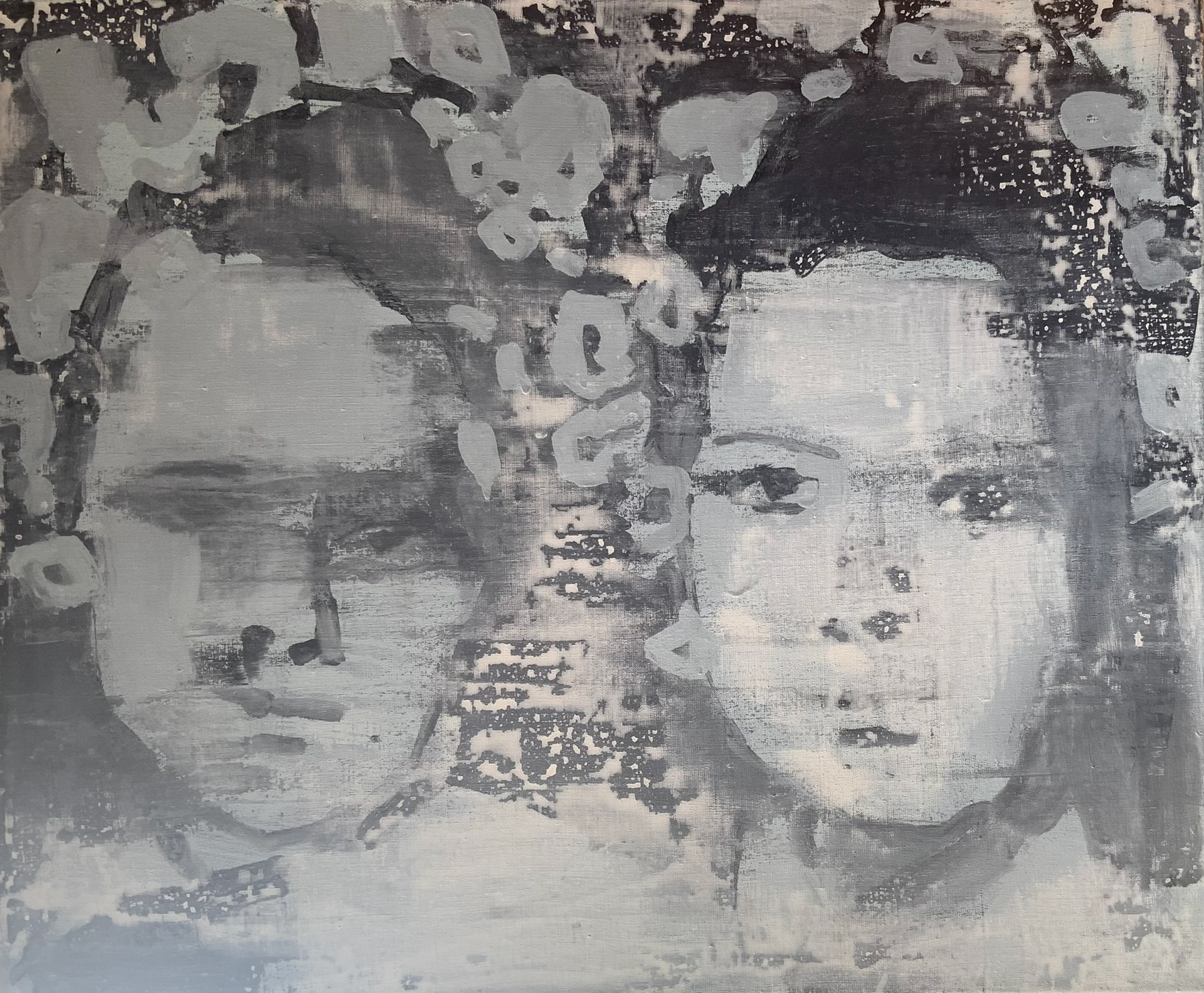
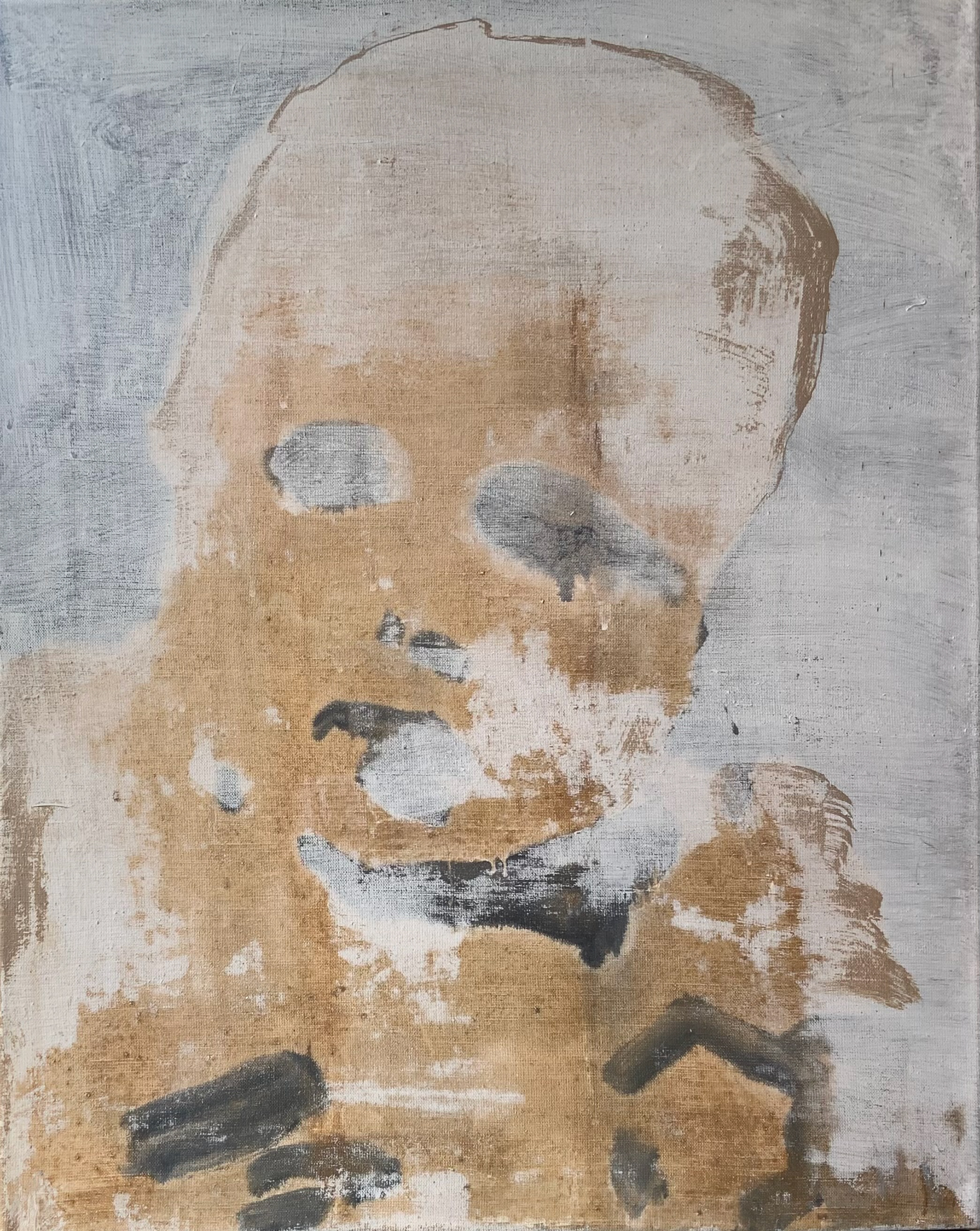
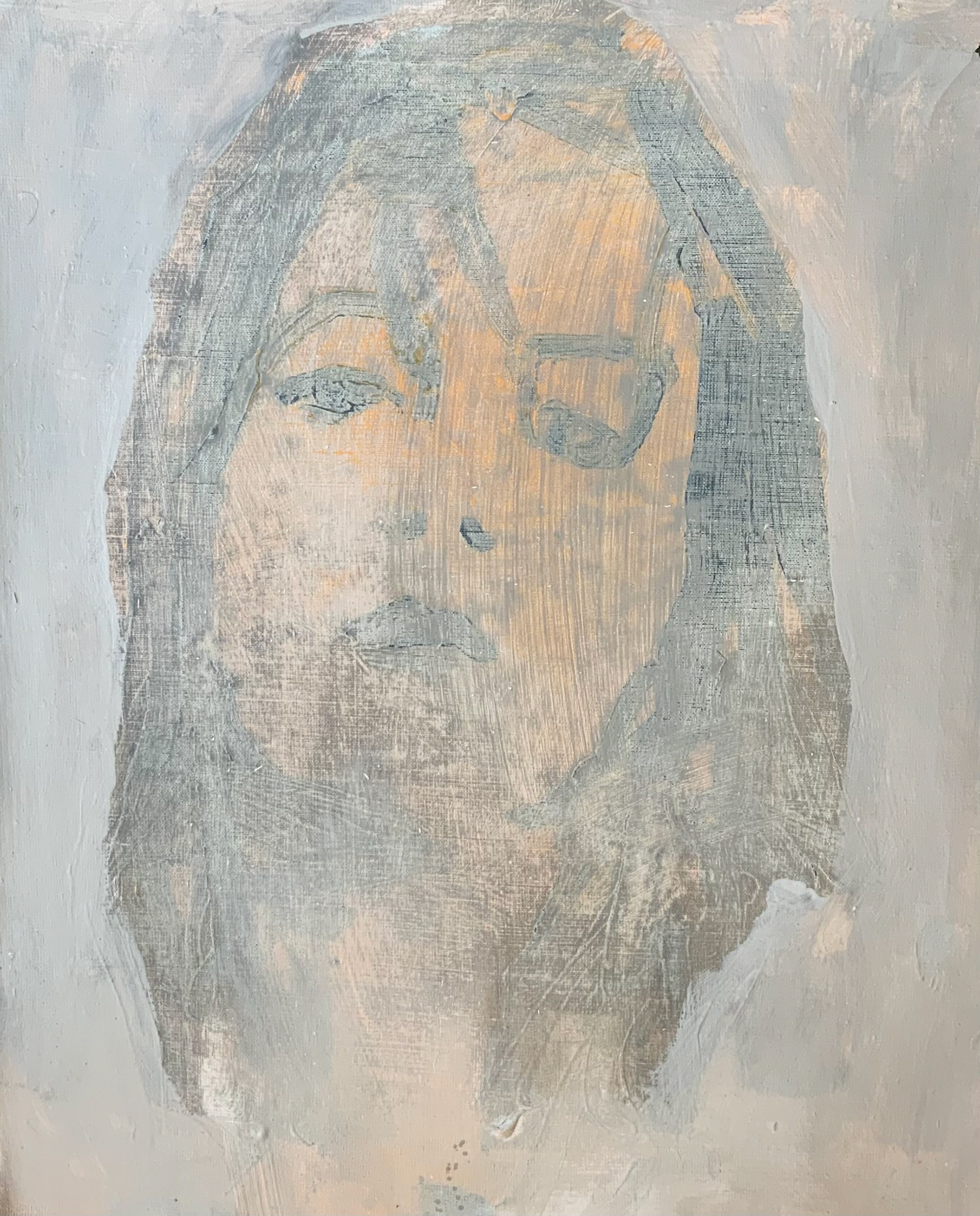

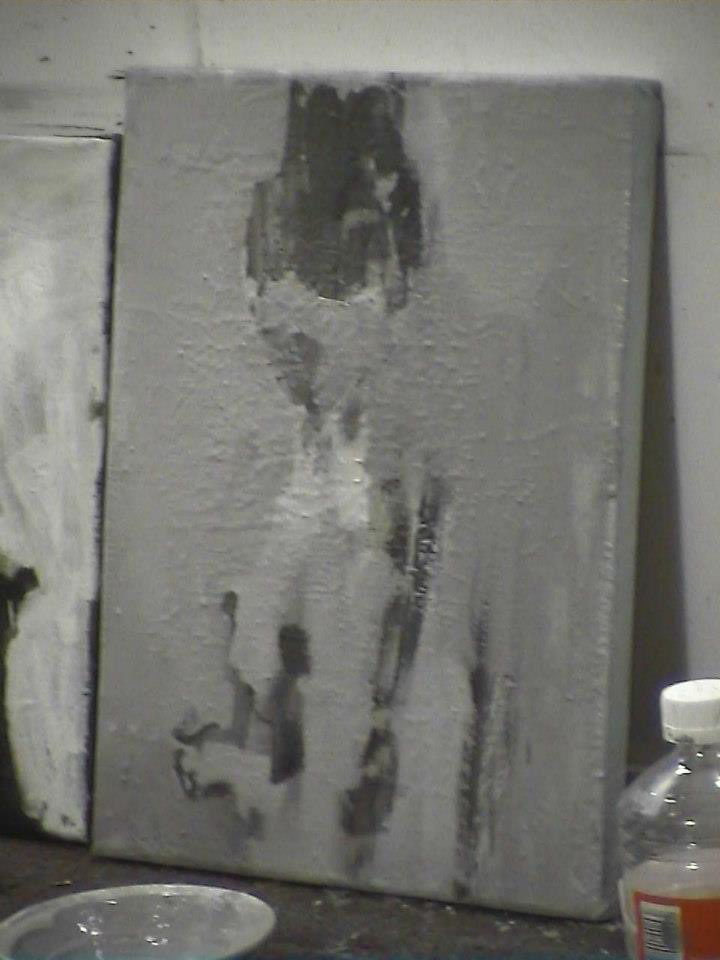

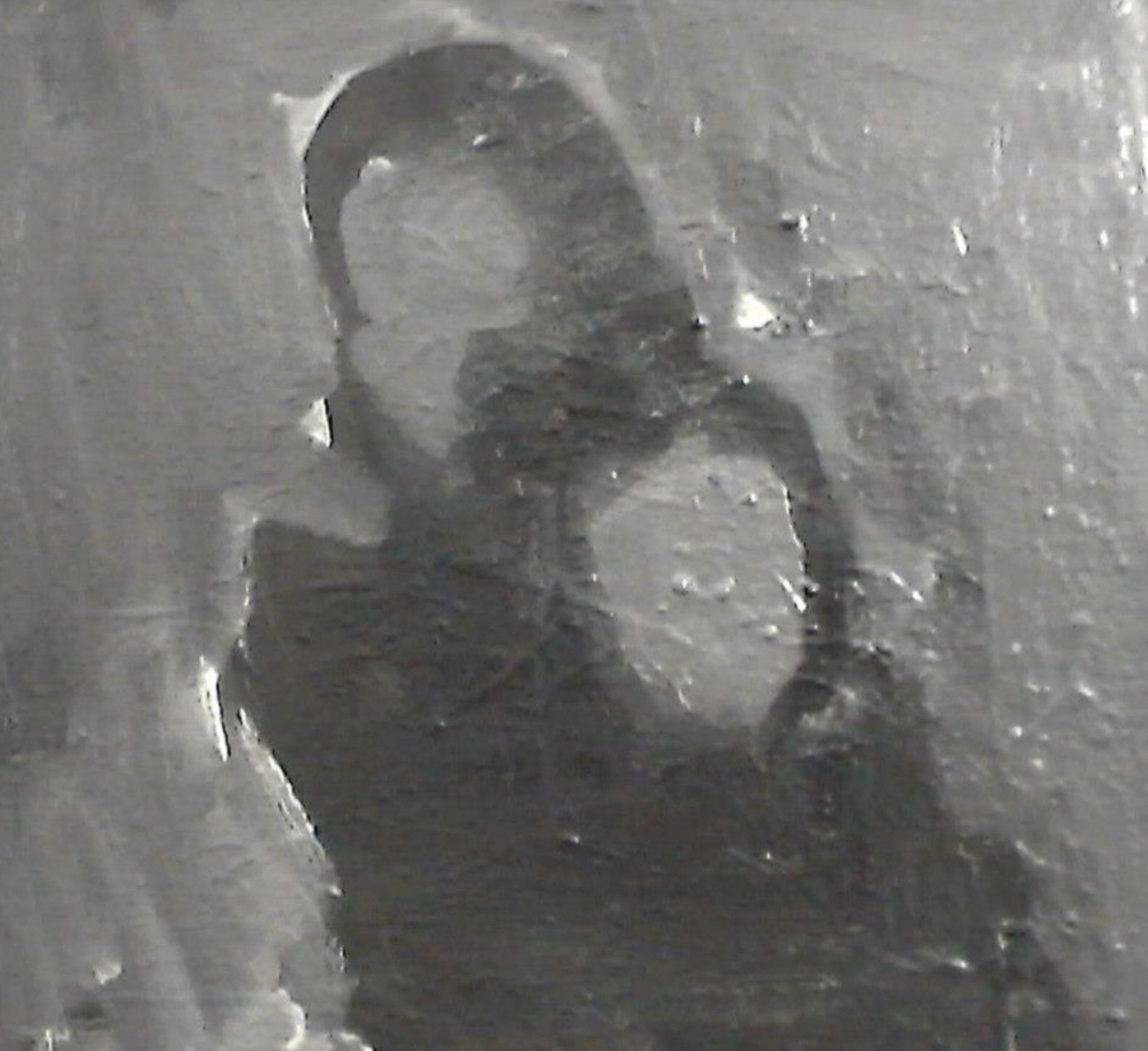
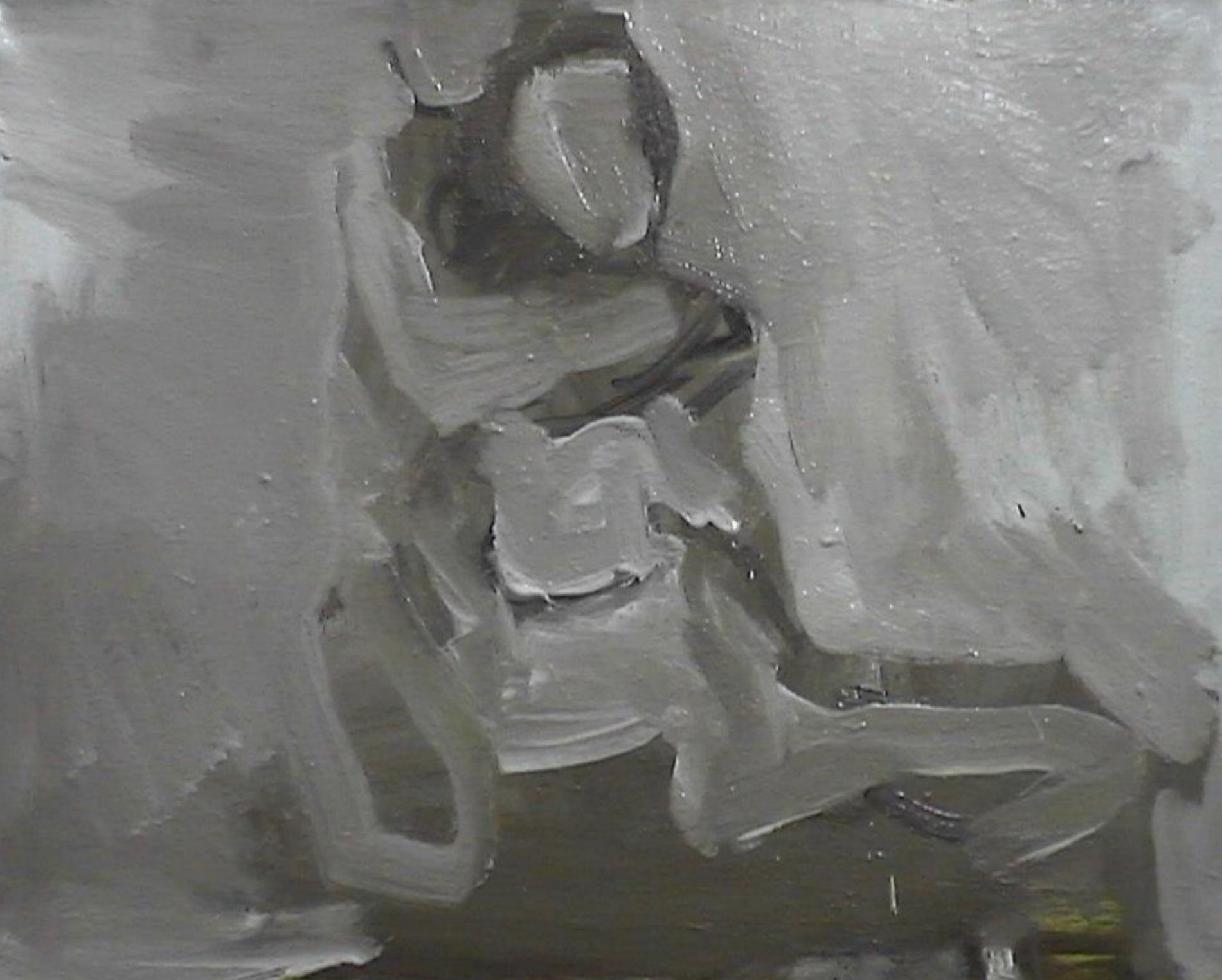


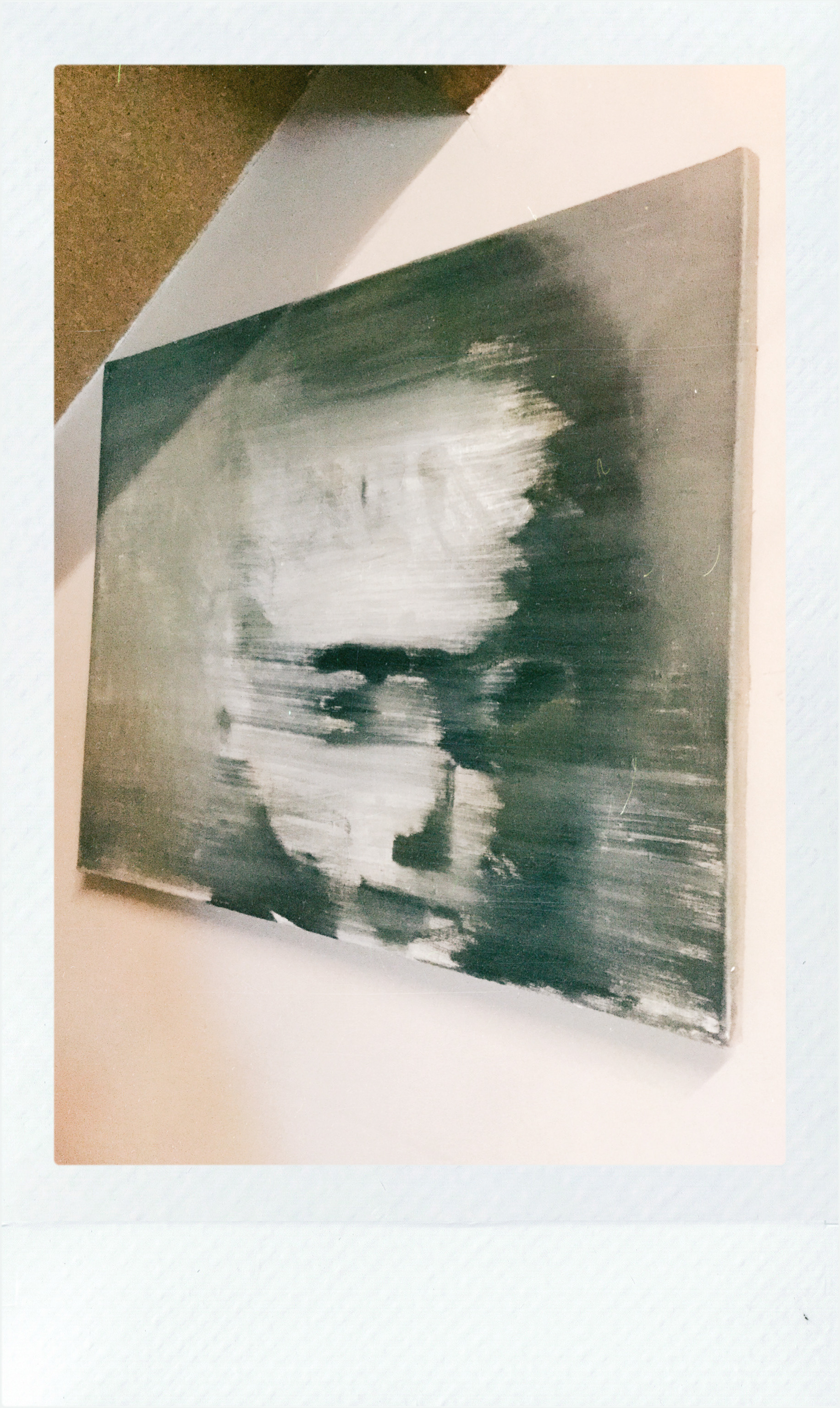
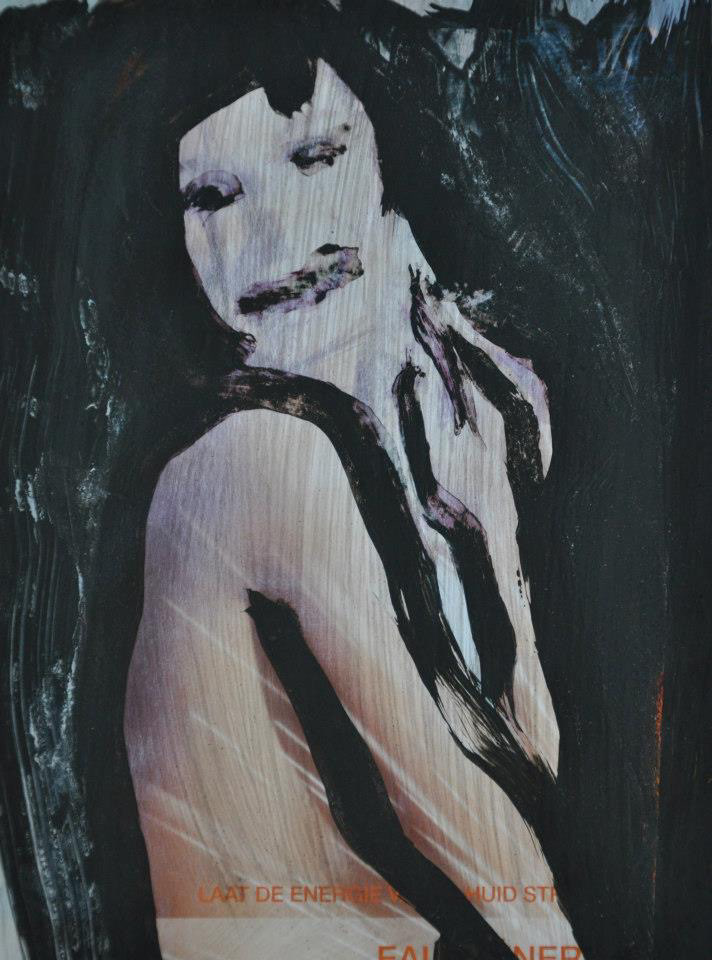
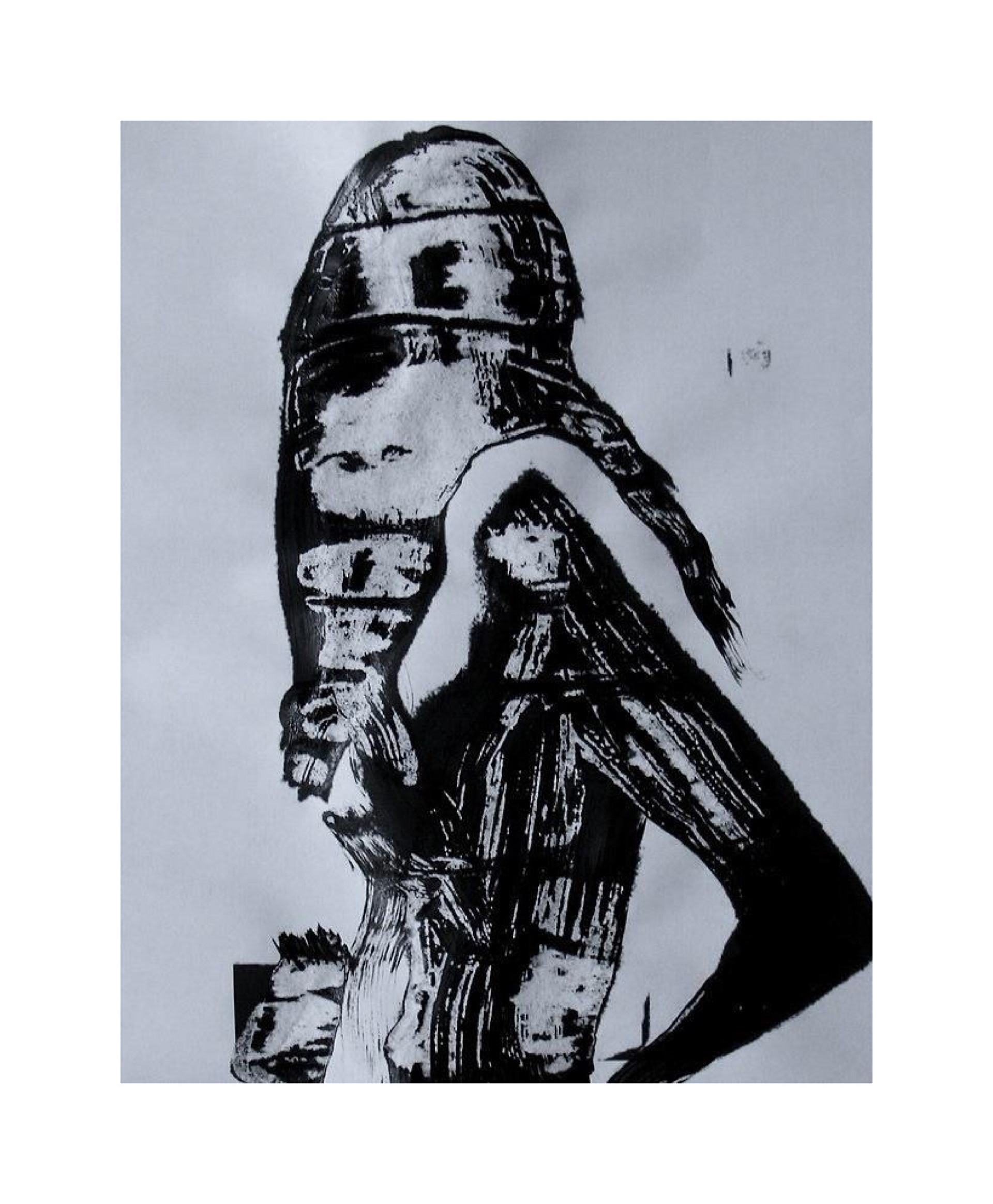
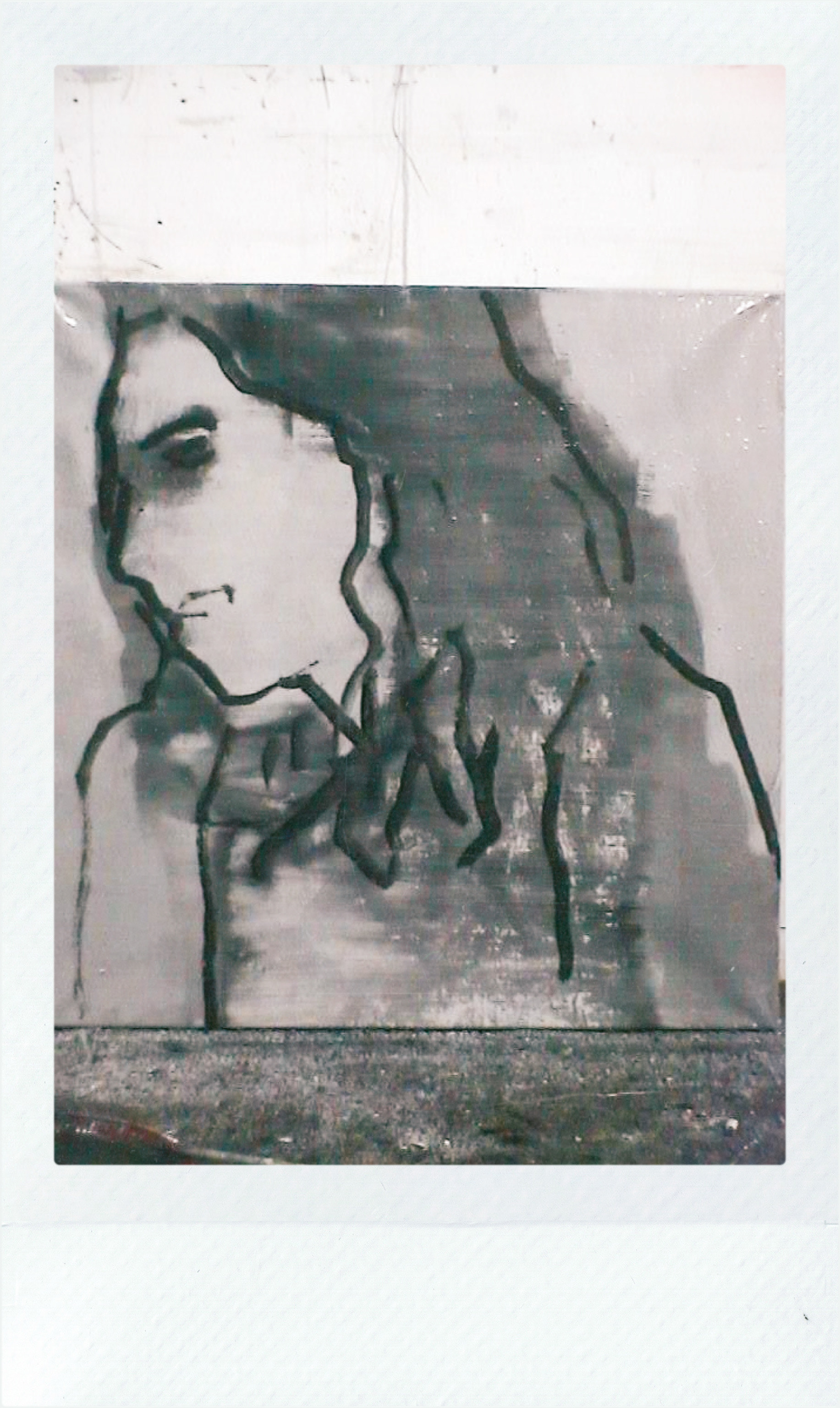
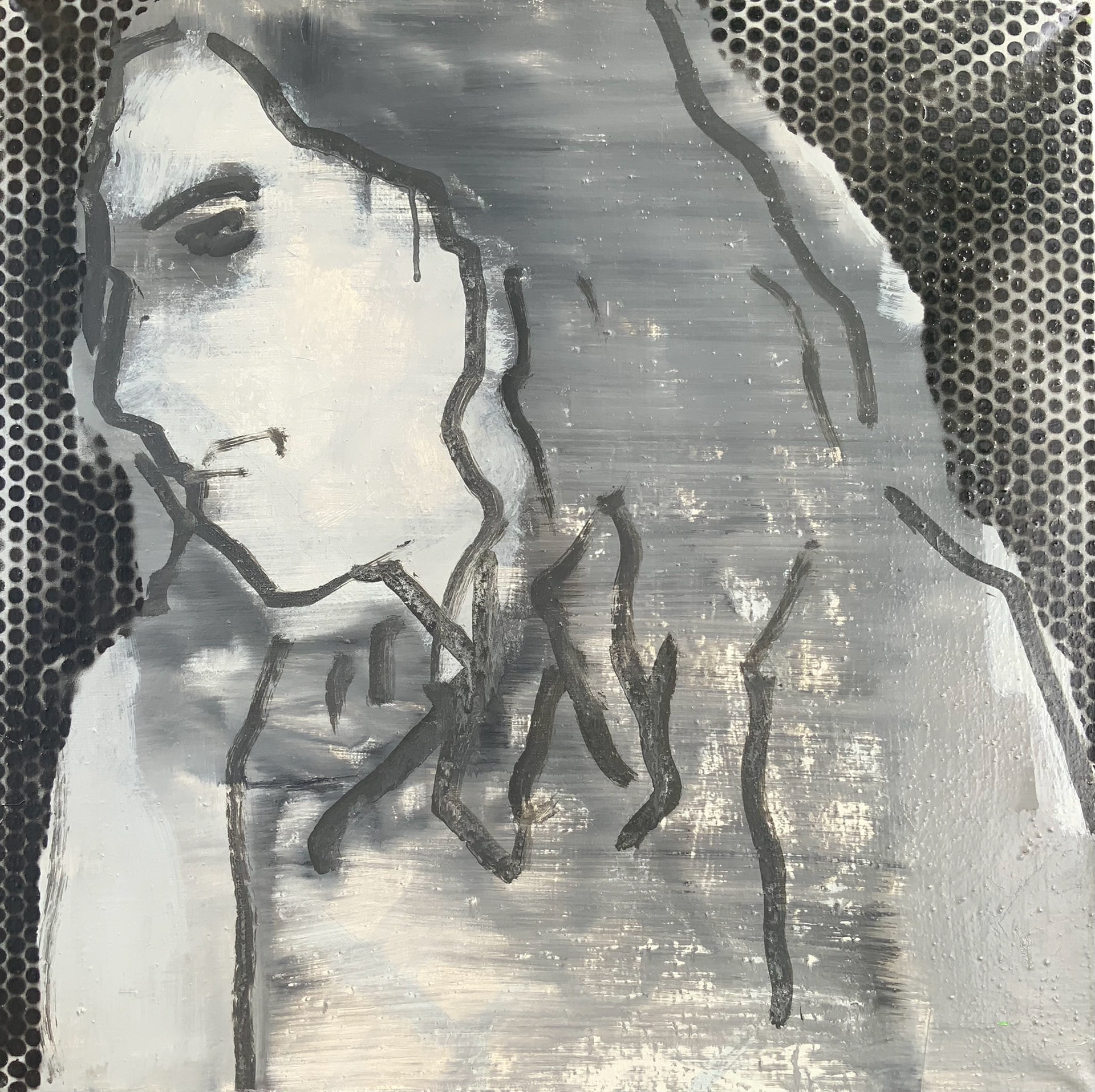
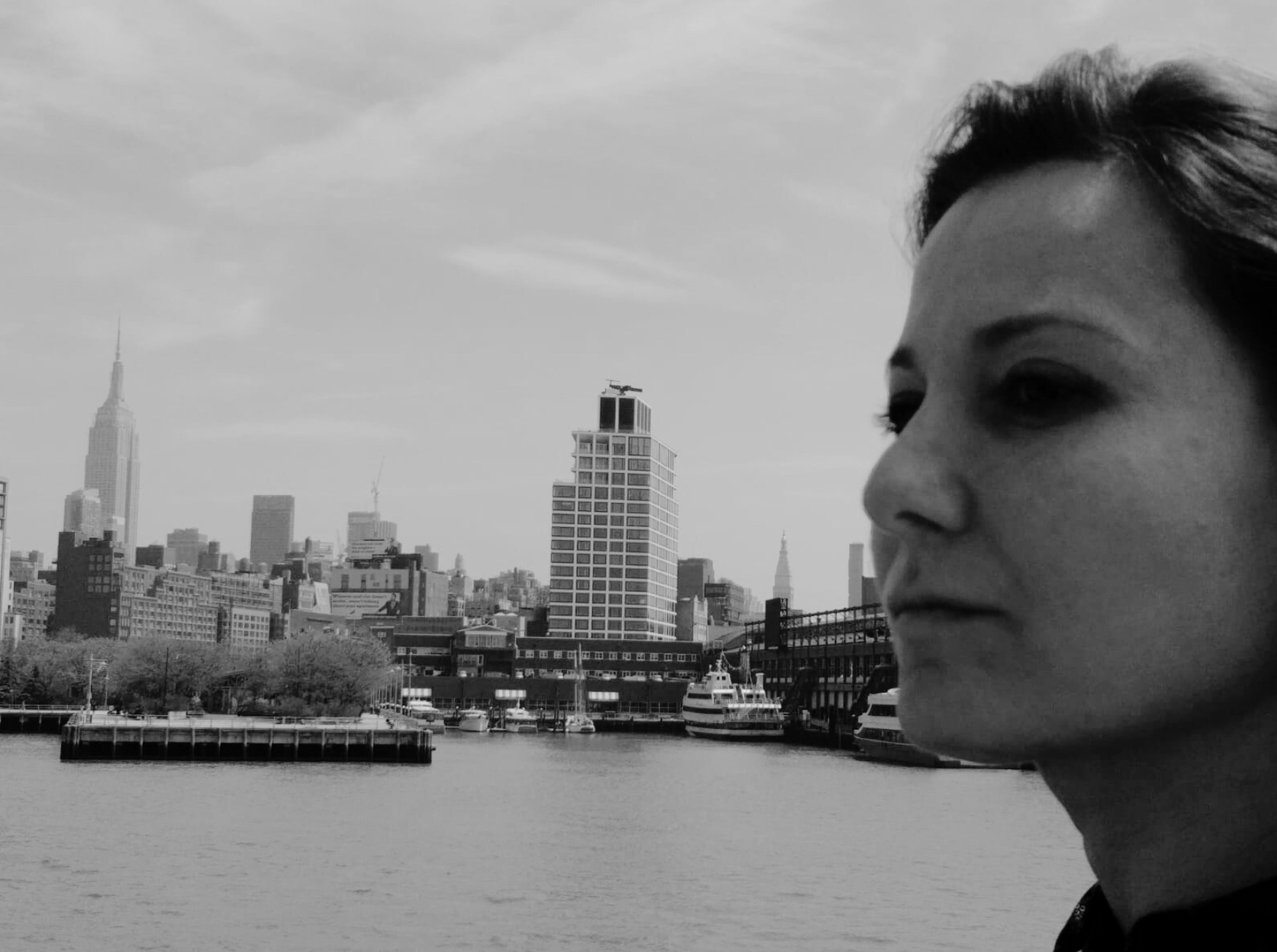
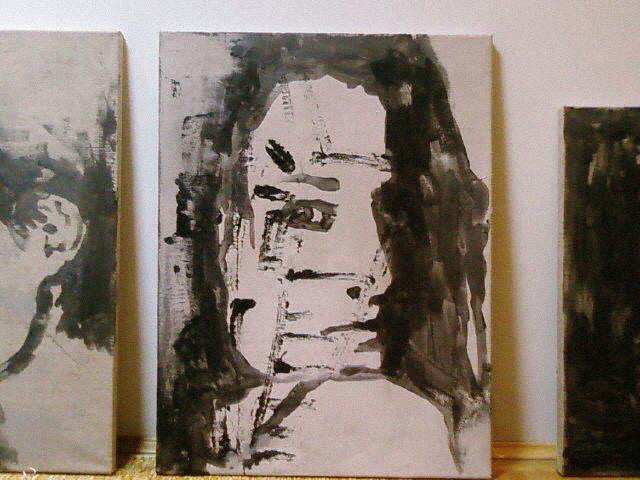

INTROVERTED INTUITIVE FEELING PERCEIVING
Autoportret z 2000 roku TO Zapis chwili, kiedy jeszcze wszystko jest możliwe, tożsamości, która dopiero się formuje. PORTRET klasyczny formalnie , sprzed ery cyfryzacji jest punktem wyjścia, punktem zero, pierwszym momentem w którym stałam się dla siebie tematem.
The Self-Portrait from 2000 is a starting point, the first moment in which I become a subject to myself. It is "I" looking from the past sincere, aware. A sovereign gaze at myself, a record of an identity that is just beginning to form.
It is a gaze from the analog era, formally classical, rooted in the painting tradition, in the need to capture oneself as one is, before identity scatters into algorithmic reflections.
It is the "primordial I," the zero point, an act of self-awareness, a record of the moment, a gaze at oneself from a place where everything is still possible.
It is a gaze from the analog era, formally classical, rooted in the painting tradition, in the need to capture oneself as one is, before identity scatters into algorithmic reflections.
It is the "primordial I," the zero point, an act of self-awareness, a record of the moment, a gaze at oneself from a place where everything is still possible.